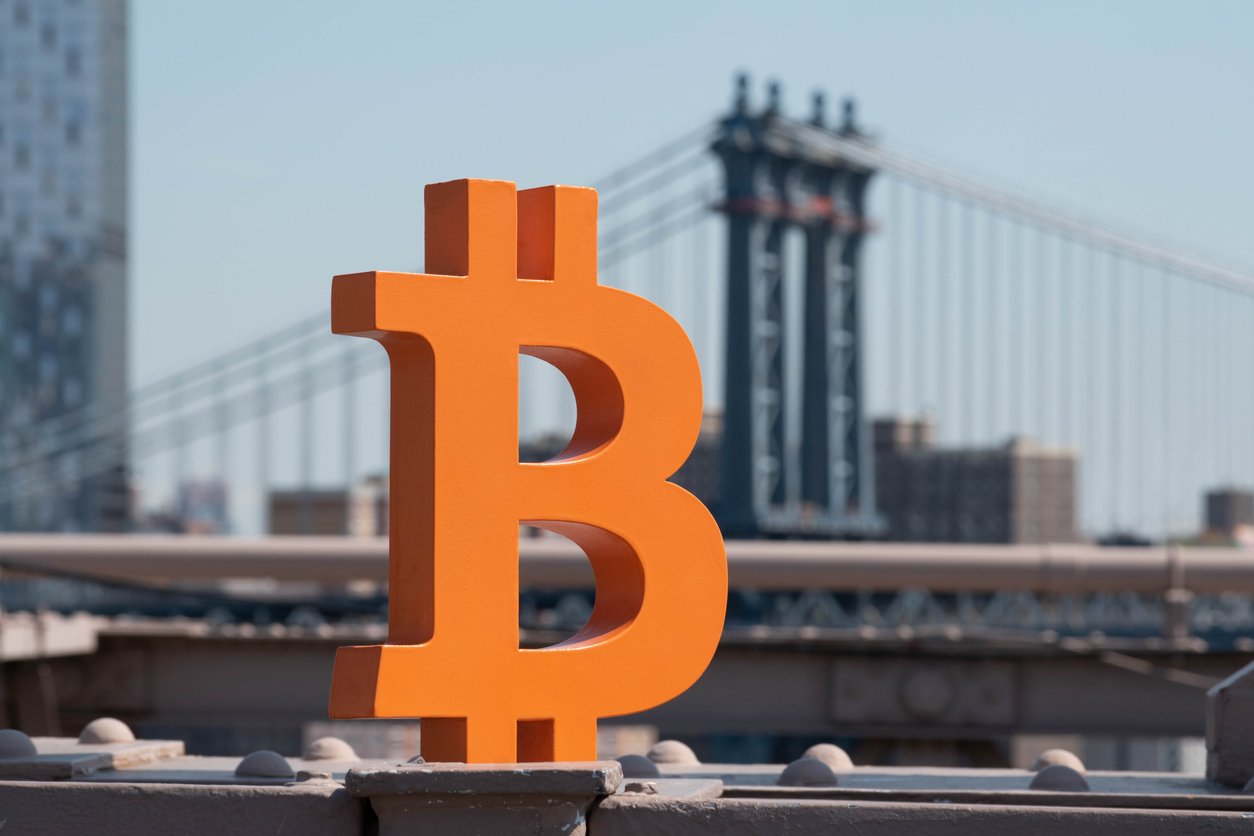In an era where the global financial system is undergoing rapid transformation, the emergence of cryptocurrencies, particularly Bitcoin, has challenged traditional paradigms and sparked discussions about the future of money. While digital currencies have garnered significant attention and adoption, their integration into the mainstream financial landscape has been hindered by a lack of seamless connectivity with traditional fiat-based systems. This is where the concept of the Bitcoin Bridge comes into play, offering a promising solution to bridging the gap between these two seemingly disparate worlds.
The Bitcoin Bridge is a term used to describe various mechanisms and platforms that enable the seamless exchange of fiat currencies for Bitcoin, and vice versa. It serves as a critical link, facilitating the flow of value between the established financial ecosystem and the burgeoning realm of decentralized cryptocurrencies. By providing a secure and efficient means of conversion, the Bridge Bitcoin has the potential to unlock unprecedented opportunities for financial inclusion, investment, and global trade.
At its core, the Bitcoin Bridge addresses one of the fundamental challenges faced by cryptocurrency enthusiasts and investors – the accessibility and integration of digital assets within the existing financial infrastructure. Historically, the process of acquiring and trading cryptocurrencies has been plagued by complexity, high fees, and limited access points, particularly for those without access to traditional banking services or residing in regions with underdeveloped financial systems.
The Bitcoin Bridge aims to simplify this process by creating a seamless and user-friendly experience, enabling individuals and businesses to easily convert their fiat holdings into Bitcoin, and vice versa. This not only opens up new avenues for investment and participation in the cryptocurrency market but also serves as a powerful tool for financial inclusion, empowering communities that have been historically underserved or excluded from traditional banking channels.
Moreover, the Bitcoin Bridge holds significant promise for fostering greater institutional adoption of cryptocurrencies. As regulatory frameworks continue to evolve and mature, traditional financial institutions and large-scale investors have expressed growing interest in exploring the potential of digital assets. However, the lack of established pathways for seamless integration has been a significant barrier to entry. The Bitcoin Bridge addresses this challenge by providing a trusted and regulated gateway, enabling institutions to securely and efficiently convert their fiat holdings into Bitcoin, facilitating their participation in this burgeoning asset class.
The implementation of the Bitcoin Bridge can take various forms, each with its unique advantages and trade-offs. One approach involves the establishment of regulated exchanges or custodial services that act as intermediaries, facilitating the conversion of fiat currencies into Bitcoin and vice versa. These entities would be subject to rigorous regulatory oversight and compliance measures, ensuring the protection of user funds and adherence to anti-money laundering (AML) and know-your-customer (KYC) protocols.
An alternative approach involves the development of decentralized protocols and smart contracts that enable trustless and peer-to-peer exchanges between fiat currencies and Bitcoin. These decentralized solutions leverage the power of blockchain technology to eliminate the need for intermediaries, offering greater transparency and reducing potential points of failure or centralized control. However, they also present challenges in terms of regulatory compliance and user experience.
Regardless of the specific implementation, the success of the Bitcoin Bridge hinges on its ability to address critical challenges related to security, scalability, and user experience. Robust measures must be in place to mitigate the risks associated with money laundering, terrorist financing, and other illicit activities, while also ensuring the protection of user privacy and data. Additionally, the Bitcoin Bridge must be capable of handling large volumes of transactions efficiently, without compromising on speed or incurring excessive fees.
Despite these challenges, the potential impact of the Bitcoin Bridge on global financial inclusion cannot be overstated. By providing a seamless bridge between traditional fiat systems and the world of cryptocurrencies, it has the power to democratize access to financial services and empower individuals and communities that have been historically marginalized or excluded from the mainstream economy.
<p>In regions where access to banking infrastructure is limited or non-existent, the Bitcoin Bridge could serve as a gateway to the world of digital finance, enabling people to participate in the global financial system, store and transfer value securely, and access a wide range of financial services and opportunities. This paradigm shift could have far-reaching implications for economic development, entrepreneurship, and social mobility in underserved regions.
Furthermore, the Bitcoin Bridge holds the promise of facilitating cross-border transactions and international trade with unprecedented efficiency and transparency. By removing intermediaries and reducing the friction associated with traditional cross-border payment systems, the Bit coin Bridge could streamline global commerce, lower transaction costs, and foster greater economic cooperation and integration across borders.
As the adoption of cryptocurrencies continues to gain momentum, the Bridge is poised to play a pivotal role in shaping the future of finance. By bridging the gap between traditional fiat currencies and the world of digital assets, it has the potential to unlock new frontiers of financial inclusion 9aniwave, investment opportunities, and global economic integration. While challenges remain, the relentless pursuit of innovation and collaboration between stakeholders in the traditional and decentralized finance realms holds the key to realizing the transformative potential of the Bridge.








Leave a comment